This is a new one to me, so we’ll learn about it together. Grow it to know it, right? I sowed a bunch, some of which I’m planting for myself, and the rest I’m sharing with you. Some of the plants I sell are like that – just extras of ones I was growing for me.
This is a common perennial with blue to purple flowers in the southeast, but this is not near-native. It is, in fact, native and rare in the southeastern corner of Pennsylvania, where I’m located (state listed as S1 – critically imperiled). They look very similar to Lobelia siphilitica (great blue lobelia), with a few differences. First, the flowers themselves have a single white spot, rather than two. The flowers are also positioned to one side, instead of all around. Another thing I noticed already, is that the early seedling growth seems quite different from that of the other two common Lobelias grown here. Both Lobelia siphilitica and Lobelia cardinalis start off with a basal rosette before putting out a stem. Lobelia puberula, as you can see in the photo, just goes straight to upright growth.
One more identifiable difference early on – if you zoom in on the photo (hover), you can see the stems are fuzzy. The stems on L. siphilitica and L. cardinalis are smooth. The specific epithet puberula means downy or pubescent.
Find downy lobelia in the wild
As stated earlier, this is common in the southeast but rare in PA. If you’re travelling through the southeast in mid-summer to early fall, you may come across this flower.
Downy Lobelia (Lobelia puberula), which is less well-known, graces roadside ditches, low and upland woods, riverbanks and other boggy or damp areas. In fact, Downy Lobelia is the most common blue Lobelia on the coastal plain and throughout the Southeast U.S. […] Downy Lobelia blooms from late July into November, but typically peaks in late August to early October. […] Often it is found in the wild growing with Joe-pye-weeds, Mistflower, and Goldenrods. (Source)
Grow downy lobelia in your garden
The description above indicates it prefers the same conditions as those of L. cardinalis and L. siphilitica. Since we are located at the northern end of its native range, it can likely tolerate full sun a bit better (with consistent moisture) than L. siphilitica or L. cardinalis. Especially L. siphilitica in particular, which is prone to sun scorch if it gets too much sun and too little water. That being said it, because it is hardy down to zone 4a, you don’t need to worry about protecting it in winter. To be safe, you can plant it in part sun to light shade, where even if we go through another drought, it should pull through. Keep the ground well mulched to reduce evaporation, but scrape out some bare spots so it can re-seed. Although perennial, according to what I’ve read, it’s a short-lived one.
None of the Lobelias are pet safe, if your pets are known to chew on your plants. If you really care about the birds, you need to keep your cats indoors. You can train your dogs not to chew your plants by spraying them with hot pepper. I trained my dog to stop digging holes by drizzling hot sauce in the holes. Spraying your plants with capsaicin will do the same thing – after a few too many spicy snacks, they’ll prefer kibble.
A note on the roadside ditches. I have not read that these are salt tolerant. It’s worth noting that in the south, they do not salt or brine the roads in winter. Salt is a major pollutant that has significantly altered our soil near roadways and in waterways. Most people apply way too much. Learn how to properly apply salt in winter, and never ever use DIY herbicides, especially ones that use salt. The reason the salt might work is the same reason you won’t be able to grow any species that don’t tolerate salt after you’ve killed off weeds. It doesn’t go away.
These are sold as plugs
I am offering these as plugs, which are ready to go in the ground. They do not come in a pot, so you need to plant them pretty much as soon as you get them, or pot them up for yourself if you intend to hold off for a bit. It takes all of 5 minutes to pop them in the ground, which is how I normally plant what I grow. All you need is your soil knife. Loosen up the roots on the plug, especially any that are starting to wrap at the bottom, and ensure that about .5-1″ of the plug sticks above the ground. Press it in and the soil around it firmly. This makes it harder for squirrels to pull it out. Smooth the mulch back around it and water in immediately.
Rodents are attracted to the scent of disturbed soil. Rain washes it away. By watering in (ideally, I use harvested rainwater), and smoothing out any mulch or debris back around it, it hides the evidence. It’s like it grew there. Whether or not a plant is deer tolerant or resistant, I like to spritz any new plantings with a repellant. So far, I haven’t had anything get pulled, eaten or devoured within hours of planting using this method.
Judgy Judy says…
She still doesn’t believe any of the Lobelias could possibly be native. She grows them and she doesn’t give two hoots about native plants. Except pukeweed (Lobelia inflata), she won’t grow that. Which is fine because that’s a common annual so it’ll pop up whether or not she wants it. These showy lobelias are safe from the HOA police.

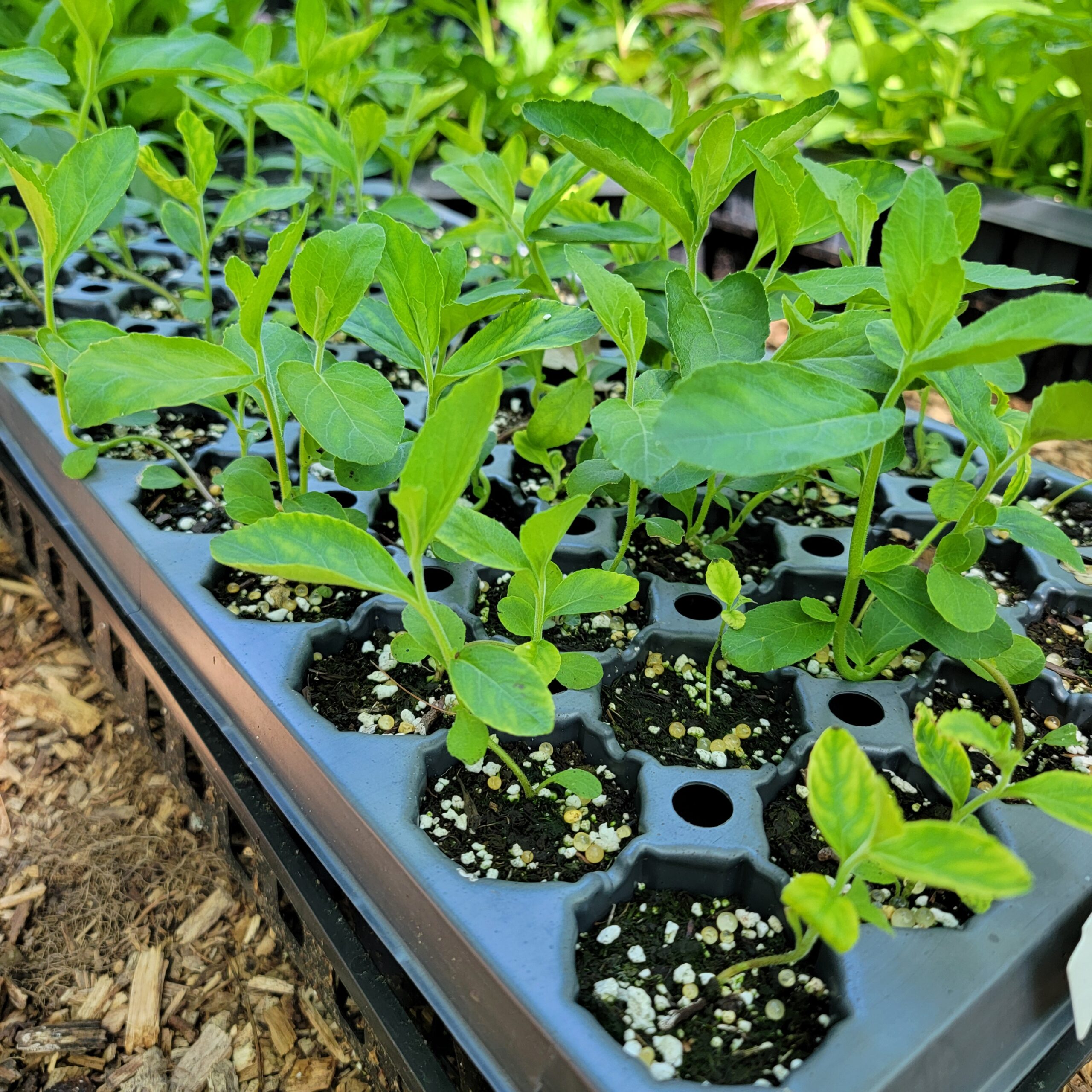
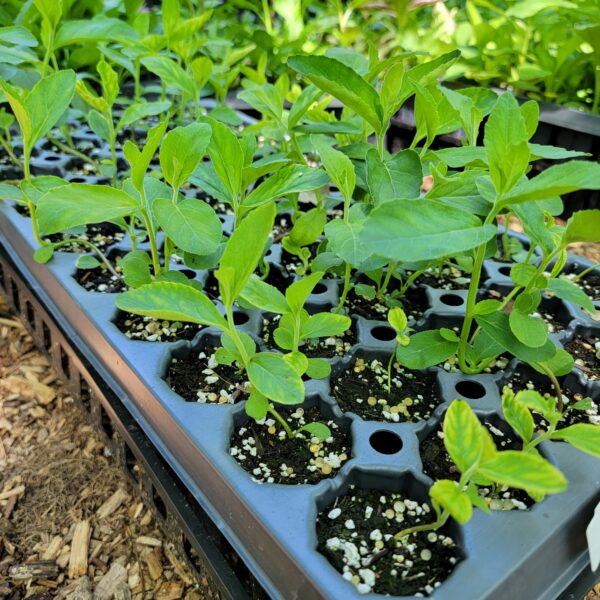
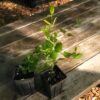
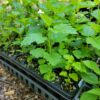

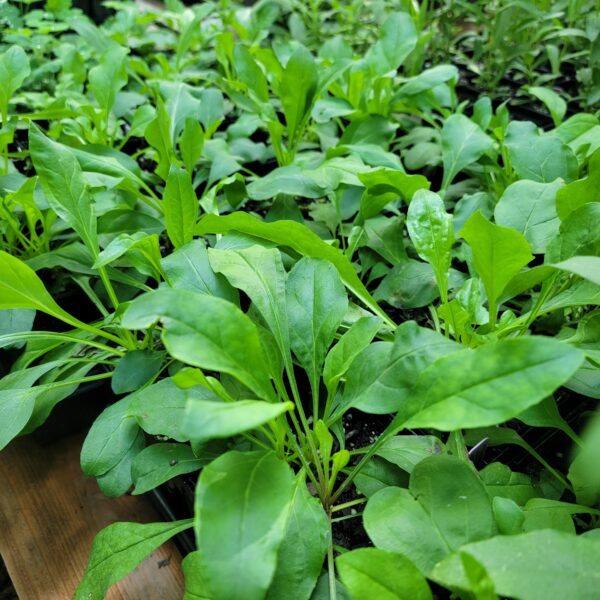


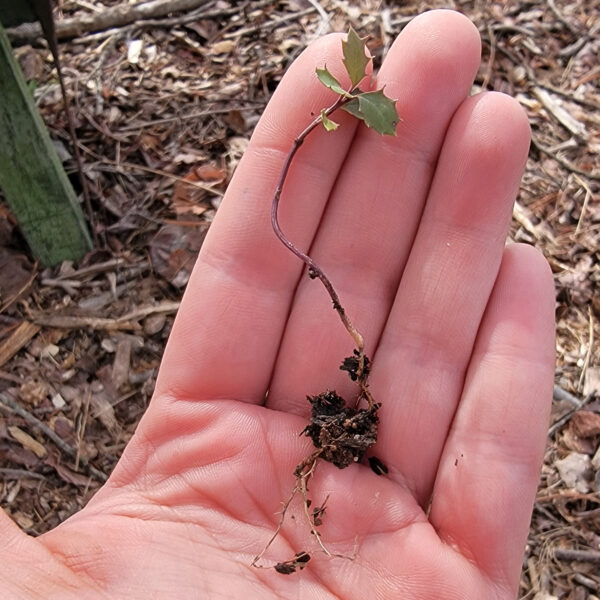



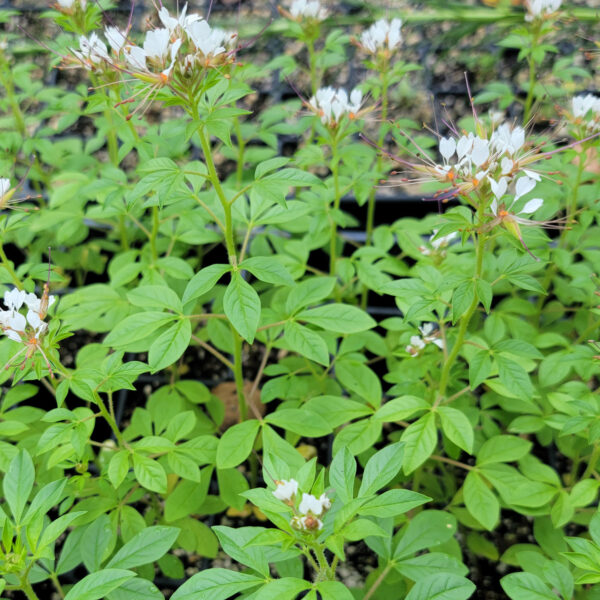
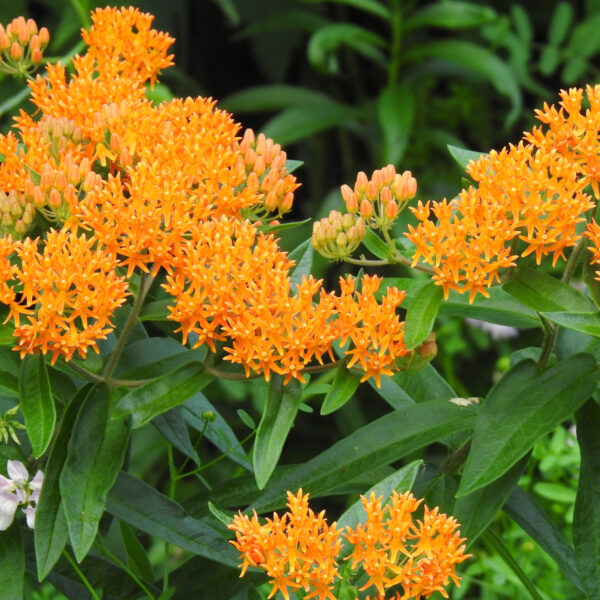

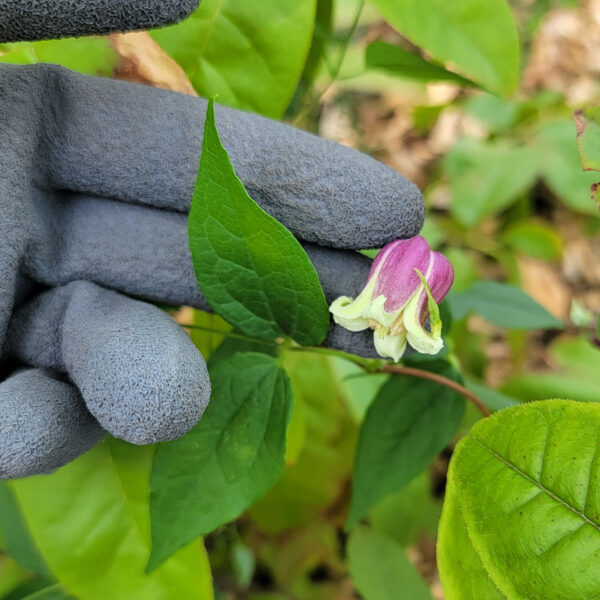

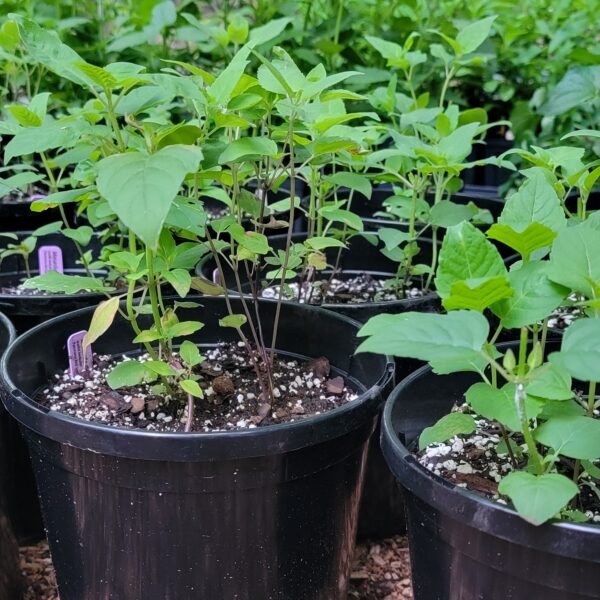






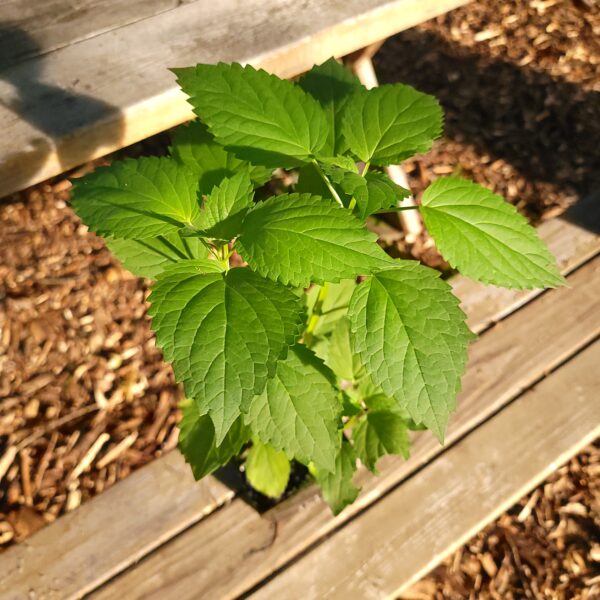
Reviews
There are no reviews yet.